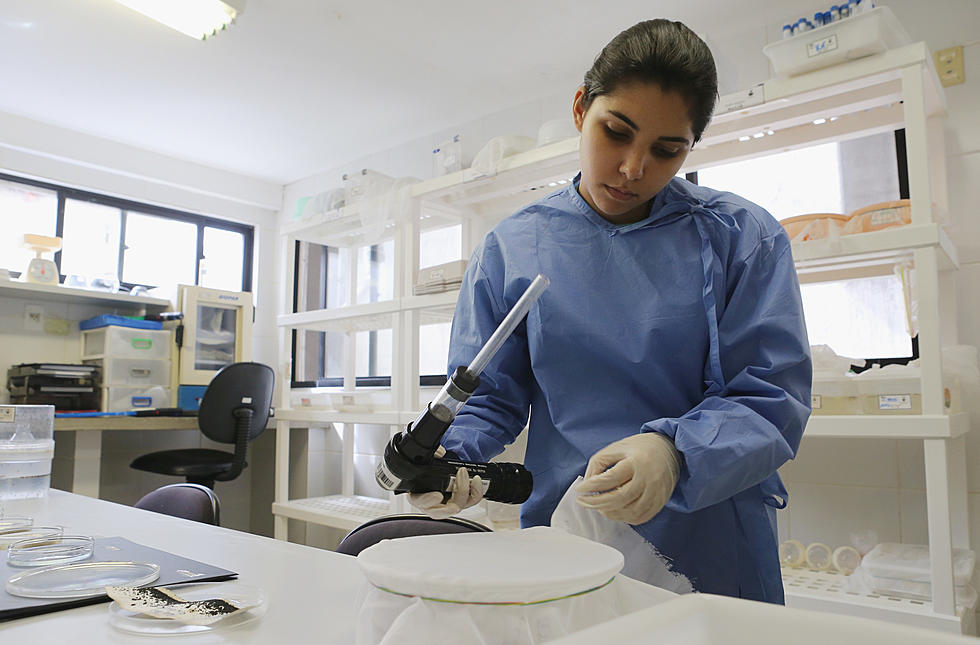
Meet Some Native South Dakota Super Scientists
South Dakota has produced it's share of famous people over the years. Actors like January Jones and Catherine Bach. Media personalities like Bob Barker and Tom Brokaw. Athletes like Brock Lesnar and Chad Greenway. And don't forget Laura Ingalls Wilder.
But, I want to talk about scientists. The super scientists that South Dakota has produced. Here are four that were born in South Dakota. Their work was important to nuclear physics, computer science, and agricultural.
Ernest O. Lawrence
Earnest Lawrance was born the son on immigrants in 1901 in Canton, SD. He went to Canton High School, St. Olaf College and the University of South Dakota.
He then studied chemistry and physics in graduate programs at the University of Minnesota, the University of Chicago and Yale University.
In 1929 Lawrance invented the cyclotron, a device for "accelerating nuclear particles to high velocities in order to disintegrate atoms and form new elements."
Lawrence made significant contributions to nuclear research during World War II, working with the Manhattan Project creating nuclear weapons.
Source: Bio.com
Gene Amdahl
Gene Amdahl, another child of immigrants, was born in Flandreau, SD in 1922. He studied engineering physics at South Dakota State University.
Amdahl became know as a computer architect and high-tech entrepreneur. He was a major computer engineer, first with IBM then his own company. He formulated Amdahl's law, about limitations of parallel computing.
John Mortvedt
John Mortvedt was born and raised on a farm near Del Rapids, SD. He earned a bachelor’s degree in agronomy and a master’s degree in soil science from South Dakota State University.
Mortvede worked with the Tennessee-Valley Authority and the Department of Agriculture as an agronomist and soil scientist becoming one of the world's leading expert on micronutrients.
Bob Burris
Bob Burris was born in Brookings, SD in 1914. He earned his B.S. degree in Chemistry at South Dakota State University in 1936.
He went on to become a professor in the Biochemistry Department at the University of Wisconsin-Madison. Burris' research focused on enzyme reaction mechanisms. He also made significant contributions to our knowledge of nitrogen fixation.
You can read more about nitrogen fixation here, but in rough terms it has to do with how living things process nitrogen that they take from the atmosphere. It is important to agriculture, especially in terms of fertilizer.
More From Hot 104.7 - KKLS-FM









